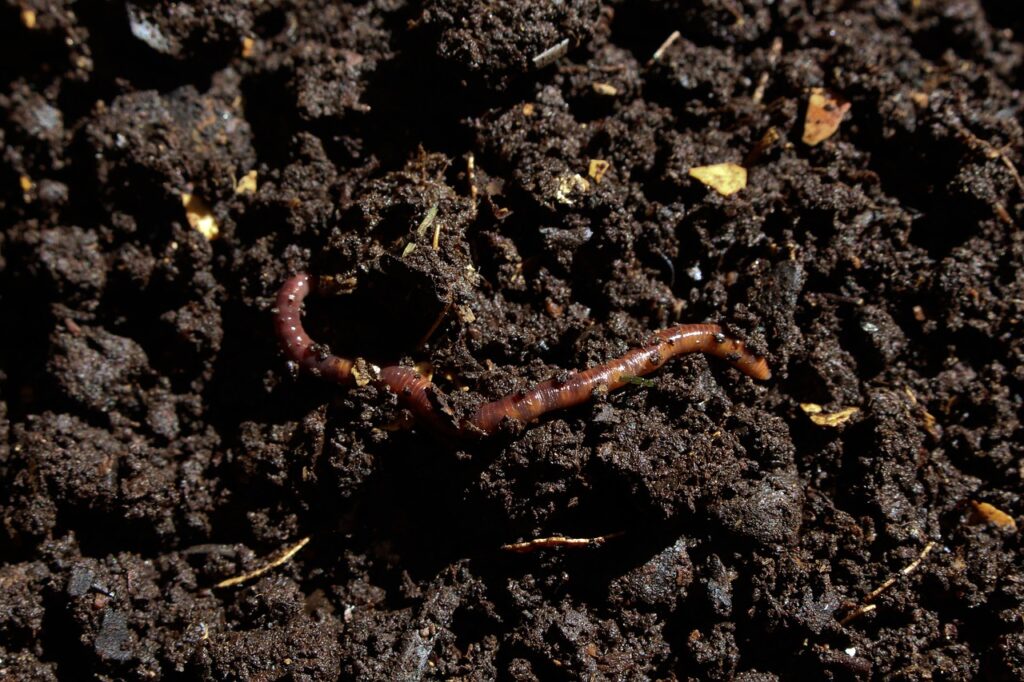The Lifecycle of Earthworms
The lifecycle of earthworms is a fascinating journey that consists of four main stages: egg, hatchling, juvenile, and adult. Let’s break it down step by step.

1. Egg Stage
The lifecycle begins with the egg. Earthworms are hermaphrodites, meaning each worm has both male and female reproductive organs. However, they still need a partner to reproduce. During mating, two earthworms exchange sperm, which is then stored in a specialized sac.
After mating, the earthworm secretes a mucus ring that hardens into a cocoon. This cocoon contains the fertilized eggs and is deposited in the soil. Depending on the species, a single cocoon can hold between 1 to 20 eggs. The eggs incubate for about 3 to 4 weeks before hatching.
2. Hatchling Stage
Once the eggs hatch, tiny earthworms, known as hatchlings, emerge. These hatchlings are miniature versions of adult earthworms but lack fully developed reproductive organs. They are highly vulnerable at this stage and rely on the surrounding soil for protection and nutrition.
Hatchlings feed on organic matter like decaying leaves and plant debris, which helps them grow rapidly. Their primary goal during this stage is to survive and develop into juveniles.
3. Juvenile Stage
As hatchlings grow, they enter the juvenile stage. During this phase, earthworms continue to feed on organic matter and begin to develop their reproductive organs. Their bodies become more robust, and they start to exhibit the characteristic segmented appearance of adult earthworms.
Juvenile earthworms are highly active and contribute significantly to soil aeration and nutrient cycling. This stage can last anywhere from a few weeks to several months, depending on environmental conditions such as temperature, moisture, and food availability.
4. Adult Stage
Once earthworms reach adulthood, they are fully mature and capable of reproduction. Adult earthworms continue to feed on organic matter, breaking it down into nutrient-rich castings that enrich the soil. They also play a crucial role in creating channels in the soil, which improve water infiltration and root growth.
Adult earthworms can live for several years, during which they mate and produce multiple cocoons. Their constant activity ensures that the soil remains fertile and healthy, making them indispensable to organic farming.
How Earthworms Benefit Organic Farming
- Soil Aeration: Earthworms burrow through the soil, creating channels that allow air and water to reach plant roots. This improves soil structure and prevents compaction.
- Nutrient Cycling: By feeding on organic matter, earthworms break it down into simpler forms that plants can easily absorb. Their castings are a natural fertilizer rich in essential nutrients.
- Microbial Activity: Earthworms stimulate microbial activity in the soil by providing a food source for beneficial bacteria and fungi. This enhances soil health and promotes plant growth.
- Pest Control: Earthworms help control certain soil-borne pests by competing for food and creating an environment that is less favorable for harmful organisms.
How to Encourage Earthworms in Your Organic Farm
If you’re an organic farmer or gardener, here are some tips to attract and sustain earthworms in your soil:
- Add Organic Matter: Regularly add compost, manure, or mulch to your soil. Earthworms thrive on organic matter and will flock to areas rich in it.
- Avoid Chemicals: Synthetic fertilizers and pesticides can harm earthworms. Stick to organic practices to keep your soil ecosystem healthy.
- Maintain Moisture: Earthworms need a moist environment to survive. Ensure your soil is well-drained but retains enough moisture to support their activity.
- Reduce Tillage: Excessive tillage can disrupt earthworm habitats. Practice minimal tillage to protect their burrows and cocoons.
